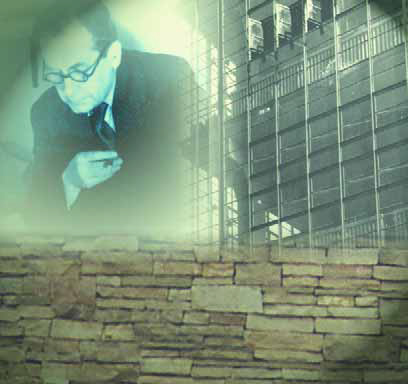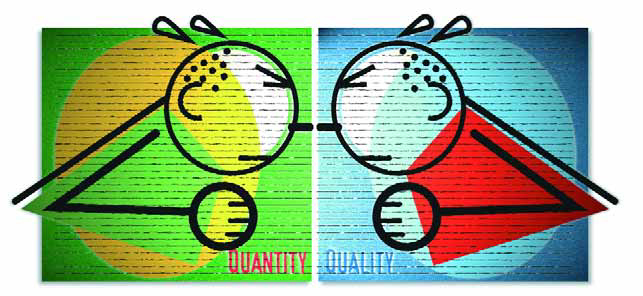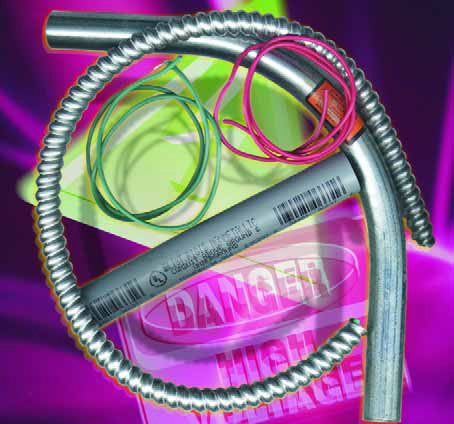At our firm, we treat every project and every customer as if they're one of a kind - which in truth they are. And we've been lucky in developing a high-end clientele that, on the whole, is looking for something special: They enable us to treat each project as an individual work of art; at the same time, they challenge us to stretch our own abilities and increase the variety of design solutions we bring to the drafting table. In many cases, this requires something of balancing act between what clients think they're after and the practicalities of the site itself, the architecture of adjoining structures and the views of surrounding areas. For that reason, each of our
When I meet with clients for the first time, we talk a lot about what style, design, color and other elements appeal to them. We also talk about whether they want a low-maintenance garden, or whether they want to put a lot of work into their own high-maintenance yard. Consistently, however, I find that people do not even remotely understand what I mean by "maintenance." I hear things like, "I don't need a sprinkler clock," or, more truthfully, "I don't want to spend the money on a sprinkler clock" - and I immediately
For me, the simplicity and elegance of the International Style was just about the best thing going in 20th-century design. The followers of Walter Gropius in the Bauhaus movement held this simplicity - expressed as a cleanness of line, a uniformity of materials and the establishment of clear relationships among architectural planes - in absolutely the highest regard. I always try to integrate these design principles into my own work - and one of the ways I do so is through the ledger detail we'll examine this time around. It's an expensive
During the past few years, I've come to the stark realization that there are too few quality craftspeople in most geographical areas of our country. And it's not just the watershaping trades: The same holds true for most
The key to progress in most industries is the presence of people who are able to see through to a better tomorrow. At WaterShapes, we've sought to create a forum for
As a designer and artist, I believe that water and glass walk hand in hand: Both are transparent and translucent. They distort and reflect surrounding colors and forms. And depending upon whom you ask, water and glass are both liquids. The visual and physical resonance between these two fascinating materials is important to me: I know that their interplay adds an entirely different dimension to my work that enhances the effects I can achieve using glass, metal and ceramics, so I'm always eager to explore artistic solutions when my customers want the project to include water. In this article, I'll examine three of my projects that use water to accentuate and reflect the sculpture while providing the soothing sounds that create an overall feeling of peacefulness in the surrounding space. But first, a bit more about what I do - and how I do it. AHEAD OF THE GLASS As with many forms of sculpture, working with glass requires technical know-how and, like many modern artists, I have acquired a background in construction and fabrication techniques. Back in school my
Whether you build fountains, streams or Olympic-size swimming pools, you need to install a pump of some kind to make these watershapes work. As fundamental and essential as pumps really are, however, it's amazing to think how casual many of us in the trade are when it comes to knowing about how they work and how their performance characteristics differ. We've all heard and used terms like "energy efficient," "high head" and "self-priming," but for the most part, the real meanings of those words get lost in the competitive marketing blizzard that surrounds these products. Without a clear understanding of how pumps are designed and how they do their job, these distinctions are no more than words on a label - and that's not the way it should be. As watershapes become ever more complex and hydraulically challenging, cutting through the hype to find out what truly makes pumps work becomes even more important: No matter how beautiful a design may be, without a properly selected and installed pump working at the heart of the system, the best work will fall short in
No one ever said that change was easy. In our case, in fact, it's been a struggle every step of the way. But even though we're still in the middle the process, I can tell already that it's been worth it - and that the best is yet to come. Lipinski Pools, an offshoot of Lipinski Landscaping in Mt. Laurel, N.J., has worked with pools as part of the company's overall landscaping business for several years now. We started by acting as general contractors and farming out a lot of the work. Using that approach, we
Montecito is home some of the grandest estates on the West Coast, but relatively few people know about it or where it is. A sleepy little town, it lies several miles east of Santa Barbara and some 80 miles or so northwest of Los Angeles. From the beautiful hilltop estates that dot the landscape, you can see Santa Barbara's wharf and downtown in the foreground, with sweeping vistas of the Pacific Ocean dominating the horizon. The big ranches of Montecito are dotted with hundreds of watershapes inspired by the Spanish-Colonial and Moorish architecture that surround them. Most were installed as part of the Spanish Revival movement that took hold among architects and landscape designers all over California through the first half of the 20th Century. The revivalists' octagonal and quatrefoil fountains and courtyards provide a visual link to the state's Spanish heritage. Fueled by the explosion of Hollywood's movie industry during this time, the combination of money, lots of open land and a popular architectural style resulted in creation of some of the most beautiful estates anywhere in the world - none more so than a property named Cima del Mundo, Spanish for
A little more than 100 years ago, in the first big growth spurt in the use of electricity, the harsh realities of the hazards involved with it quickly became apparent. Fires were common occurrences everywhere electricity was distributed, and serious (and often fatal) accidents made daily headlines wherever people came into contact with this wondrous phenomenon. Virtually all of the electric works being built in those early days were set up to provide lighting for a population tired of living in the gloom of candles, gas lamps and coal-oil lanterns. That meant that






















